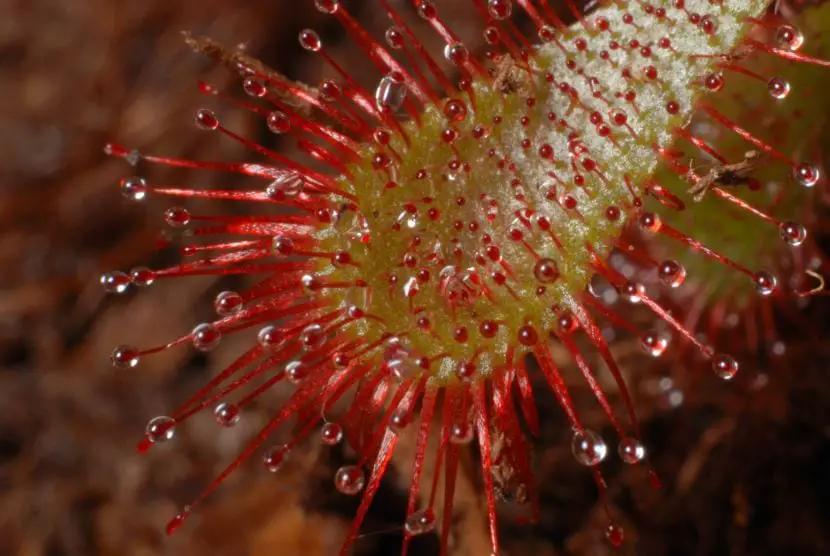
Our carnivorous plants They have aroused the interest of many people for a long time. They are different plants from the others, since they need to hunt in order to survive due to the few nutrients they find in the land where they have lived. Perhaps that is why they have evolved to have small, but very beautiful flowers.
Some have mouth-shaped traps, others have drops on their leaves which roll up when the insect settles on them, others nevertheless wait patiently for the insects to fall into their beautiful jugs. Do you want to know which ones are the best for beginners? Here you will find the answer.
Sarracenia

Our Sarracenia They are native mainly to North America, where they live near rivers and swamps. The leaf itself has become a pitcher-shaped trap inside which is water, where the insects drown. This is when the plant can feed.
It is, without a doubt, the most recommended genus of carnivorous plants for beginners, as they only need to be in full sun, and have plenty of water. The substrate must be white peat (not fertilized) with perlite.
Because its growth -as a general rule- is quite fast, the transplant will need to be carried out every year or every two years. We can also plant it in a larger pot if we don’t want to transplant it so often. Being in full sun the risk of rotting is low.
In the winter it goes to rest, so if you see that the traps are getting smaller and all the leaves are dying, don’t worry. In spring it will sprout again. It is important to know that you need the winter to be cool, with light frosts.
Dionaea

The Dionaeabetter known as the Venus flytrap, is the most popular carnivore among collections. If an insect falls into the trap … it does not usually come out, unless it is either very small or very large. It is also native to North America; in fact, it is usually found living with the Sarracenia.
Nowadays there are an increasing number of cultivars, but all of them need the same care, that is: full sun, blond peat with perlite, and enough moisture in the substrate trying not to get puddled water.
During the summer, if it is very hot and dry, it will be necessary to water the Dionaea every day, since this is when it needs more water to be able to grow and develop new traps.
In winter it needs to hibernate, at a temperature between 10 and -2º. If temperatures are higher in your area, it is essential that you carefully remove all the substrate, put it in a zip-lock bag, and put it in the fridge for two months.
Sundew

Our Sundew they are distributed all over the world, except at the poles. They are small very decorative plants, most of which grow in a rosette shape, attached to the ground. In each leaf they have small filaments, at the end of which we can see something similar to a drop of water. That is why Drosera are also known as “Dew Drops”.
They are a little more demanding than the previous plants, since they preferably live in semi-shade, with indirect light. There are numerous species and cultivars, but the easiest are what is known as subtropical sundews, which support light frosts; for example:
- Drosera Alice (top photo)
- Sundew spathulata
- Sundew capensis
The substrate to be used will be white peat with perlite. It is advisable to always maintain a certain degree of humidity to guarantee optimal plant growth.
Pinguicula

Our Pinguicula they grow in the form of a rosette, on the surface of the soil. They are distributed all over the world, mainly in Europe, which is where the largest number of species is found. They live in peat bogs, streams and near rivers.
They live preferably in semi-shade, but little by little and with patience they can adapt to living with more light. It is a process that can take months, and always observing well the reaction of the plant, that is, if we see that its leaves are burned we will put it in semi-shade again.
The substrate to be used will be white peat with perlite. It is convenient to water often, letting the substrate dry a little between waterings.
It is a plant that also needs to hibernate. It does not support very intense frosts, but it can spend the winter indoors without problems.
Which one did you like the most? Do you have any at home?

